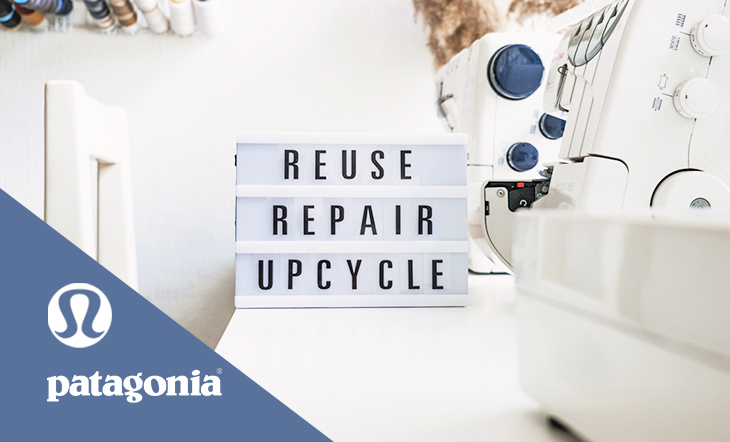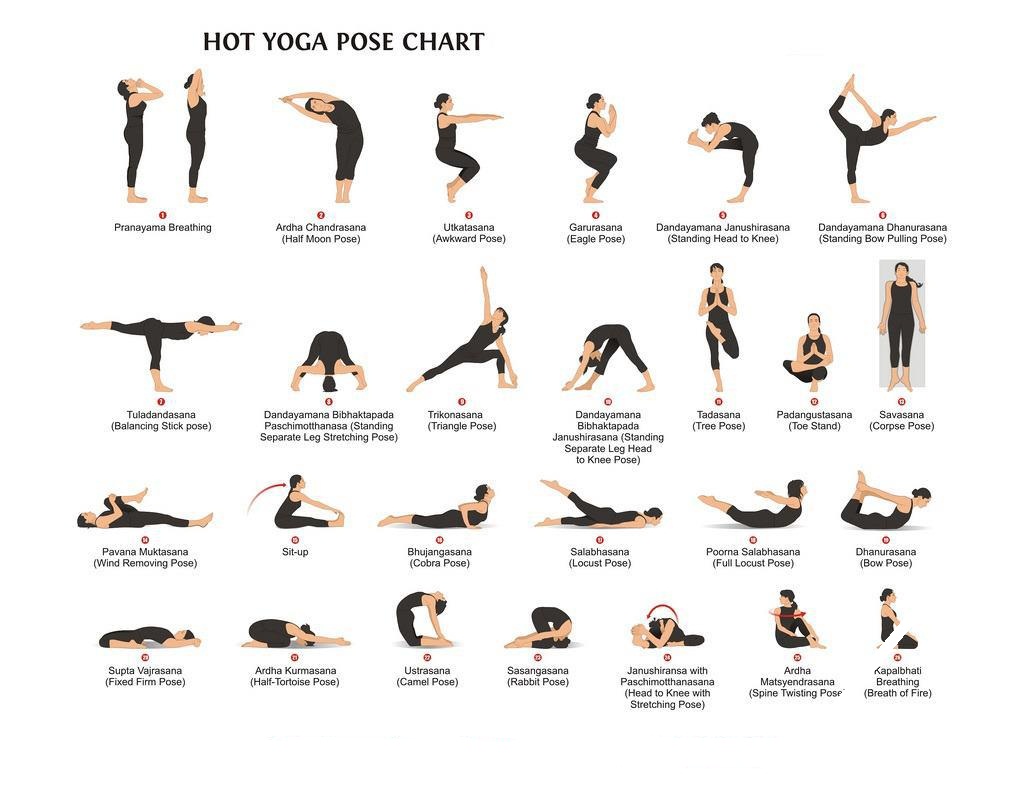Lululemon + Patagonia’s Upcycling Initiative the Rest of the Industry Should Follow
The term “upcycle” sounds a lot like what it means, which is to repurpose or reuse discarded materials or objects. When it comes to upcycled clothing, the bottom line purpose of both upcycling and recycling happens: the clothing is...

The term “upcycle” sounds a lot like what it means, which is to repurpose or reuse discarded materials or objects. When it comes to upcycled clothing, the bottom line purpose of both upcycling and recycling happens: the clothing is given another leg of life.
The emergence of thrift stores and consignment shops were the early ways to go green with your used clothing. Here, consumers are able to find much more affordable options for used versus new clothing. When you donate your old clothes to a thrift store, you are recycling those clothes. When you sell your clothes in a consignment store, you are upcycling them.
92 million pounds of clothes end up in American landfills each year.
For recycled clothing, think thrift stores, and for upcycled clothing, think consignment stores. Both are excellent ways to be more environmentally conscious with your clothing.
The Importance of Upcycled Clothing, Circularity, and Sustainability

There’s a concept called circularity that you may have read about as it relates to sustainability. While sustainability is the broad effort to be more environmentally friendly, circularity focuses specifically on reducing (waste), reusing, and recycling.
Why should we as consumers care? Because as consumers, we are also citizens of this planet, of which we only get one. The amount of resources – from water, to carbon, to waste – that go into creating a single garment is staggering. So while it’s important to be aware of this fact, it’s even more important to act on it.
Here are a few more interesting facts from WRAP about the power of upcycling, reusing, and repurposing our activewear (and beyond):
Reusing a garment instead of buying a new one cuts down carbon emissions by 51% Keeping a garment in use for an extra nine months reduces the water, carbon and waste footprint by an average of 25% (imagine if it was kept in use even longer!) Buying or selling used (upcycled) clothing extends that garment’s life by approximately two years All of this drastically reduces waste and society’s reliance on virgin materials and resourcesFast fashion is literally killing the planet. Did you know that fast fashion, or textile waste, is responsible for 10% of the global carbon emissions? Millions of pounds of clothes end up in the landfills each year. 92 million tons to be exact.
Earth.org offers the best visual of this enormous problem: picture a garbage truck dumping a full load of discarded clothes into the landfill every second. That’s how many millions of pounds of clothing ends up discarded in trash dumps.
As one of the world’s leading environmentally-forward companies, Patagonia shares, “The production of any piece of clothing requires using scarce natural resources. Buying used gear means one less new item that had to be made, lightening the load on our planet.”
Buying or selling used (upcycled) clothing extends that garment’s life by approximately two years.
The average American will throw away nearly 90 pounds of clothing every year.
It takes over 10,000 gallons of water to make just one pound of cotton. Since 2005, the number of times a garment has been worn before being discarded has dropped by 35%.
What makes all of these frightening statistics even worse is that fast fashion is only gaining momentum. Statistics show that while the fashion industry is responsible for 20% of the world’s waste water, fast fashion clothing production has doubled in the past 20 years.
In 2020 alone, online clothing returns in the US created as much emissions as 3.5 million cars on the road would for one year.
Upcycle Your Activewear: The Planet and Your Wallet Will Thank You

What the statistics above prove is the power of the consumer. Consumers have the power to create a huge ripple effect on the planet – for better or worse.
We’ve seen the negative effects of fast fashion waste and throwaway culture. But these effects also prove that together, we have the power to create a different effect – one that is sustainable and circular.
And there are industry leaders who are already making strides in upcycling clothing for a more sustainable approach to activewear.
Not surprisingly, Patagonia is at the top of this list! Patagonia’s Worn Wear is committed to extending the life of gear to in turn extend the life of our planet by raising awareness, cutting down on consumption, and getting more use out of the activewear we already have.
Worn Wear helps Patagonia lovers “take mutual responsibility to extend the life of the products Patagonia makes and customers purchase.” Their upcycling initiative provides “significant resources for responsible care, repair, reuse and resale, and recycling at the end of a garment’s life.” It’s all with the mission of keeping this clothing out of landfills.
Customers can trade in their worn Patagonia for store credit. It’s a great way to trade in and get paid (via more Patagonia activewear). In addition to trade-ins, you can also shop the Recrafted Collection (which is upcycled clothing made from other used clothes), and the Seconds Collection (which is new activewear with slight imperfections).
It’s great for returning customers who want to earn money towards new gear, and it’s equally as great for customers who want a discount and want to support upcycling practices.
Another leader in the activewear industry that is normalizing upcycled clothing is Lululemon. Lululemon’s activewear upcycling initiative is called Like New. According to their website, they incorporate a similar 3 R’s: rethink, revive, rediscover. Like Patagonia’s Worn Wear, Lululemon’s Like New allows Lulu lovers to sell back their lightly used activewear for credit towards new gear.
Like New’s profits go towards Lululemon’s sustainability initiatives under their Impact Agenda. It is motivating to see big brands creating upcycled clothing initiatives, because it means that other companies and brands will follow, and the trend will spread.
Don’t shop at Lululemon or Patagonia? Want to expand your upcycling efforts beyond these two brands? Apps like Poshmark let you shop sustainably (meaning you don’t have to leave your home) and sell your clothes for cash (meaning they get a longer life cycle)! There are many apps for reselling and upcycled clothing. Do some research to see which best fits your needs.

 Kass
Kass 
































